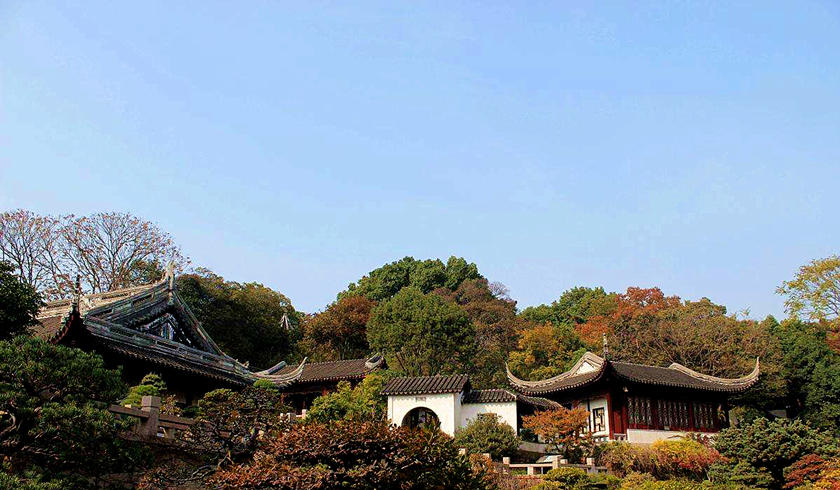Chinese Name: 虎丘 Pronunciation: hǔ qiū
Suggested Visiting Hours: 1-2 Hours
Altitude: 34.3 meters
Address: No. 8, Shanmen Nei Street, Gusu District, Suzhou City, Jiangsu Province
Best Travel Time: Tiger Hill is worth visiting all the year round. In early spring, there is a flower party, which is bustling; in autumn, there is a golden autumn temple fair, and the lotus in the garden pool is in full bloom in summer.
|
Peak Season
(April, May, July, August, September, October) |
Low Season
(January, February, March, June, November, December) |
||
| Adult | 75 yuan | 60 yuan | |
| Child (6-18 years old) |
35 yuan | 30 yuan | |
Children under 6 years old are free of charge (should be accompanied with an adult);
Senior citizens over 70 years old (with ID card) are free of charge;
People with disabilities (with disability certificate) are free of charge;
Soldiers in active service and retired cadres in the army are free of charge (with officer certificate).
*The above policy is only applicable to admission fee.
|
May 1st - October 7th
|
October 8th - April 30th of the following year
|
|
| 7:30-17:30 | 7:30-17:00 | |
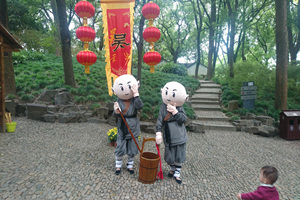
Tiger Hill, located in the northwest corner of Suzhou ancient city, has a long history of more than 2,500 years. It has the reputation of "the first scenic spot in Wuzhong" and "the first mountain in Wuzhong". It has been awarded as a national AAAAA tourist scenic spot and a national civilized unit.
In 1955, the Fanghe Pavilion, Yongquan Pavilion and Sunwu Pavilion were successively built in Tiger Hill.
In 1989, large-scale maintenance, protection and restoration of dilapidated buildings, stone carvings and plaques began to be carried out.
In 1996, with the approval of the People's Government of Jiangsu Province, Tiger Hill was awarded as a provincial scenic spot.
In 2011, it was awarded as a National AAAAA Tourism Scenic Spot.
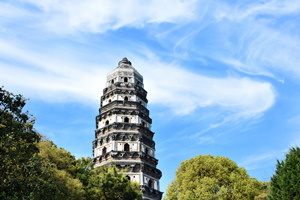
Tiger Hill Pagoda is the second leaning tower in the world, and it is the first leaning tower in China. It is the symbol of ancient Suzhou. On March 4, 1961, it was designated as a national key cultural relic protection unit by the State Council. It was built in the sixth year of Houzhou Dynasty (959 AD), and was completed in the second year of Song dynasty (961 AD). It has a history of more than 1,000 years.
The pagoda, which has seven stories and eight sides, is 47.7 meters high and tilts to the northeast. Its top is 2.34 meters away from the center, and the maximum inclination angle is almost 4 degrees. Tiger Hill Pagoda is also known as the "Leaning Tower of Pisa in China." This pagoda is the earliest existing pagoda in the south of the Yangtze River, with a large scale and exquisite structure. Because there is only this example in China, it has a unique important position in architectural science, historical research and other aspects.
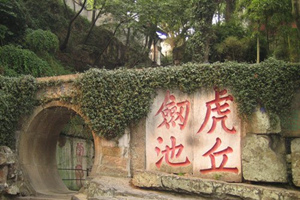
There are three reasons for calling it the Sword Pool. One is that if you look at it from above, it looks like a tiled sword; another reason is that it is said that there were 3,000 swords buried in martyrdom for King He Lu of Wu at that time; another theory is that both Qin Shihuang and Sun Quan came here to dig swords, and the pool was dug by them.
In fact, the Sword Pool was formed naturally. Sword Pool can be said to be the most mysterious place in Tiger Hill. It is said that the opening gate of the tomb of King he Lu of Wu is here.
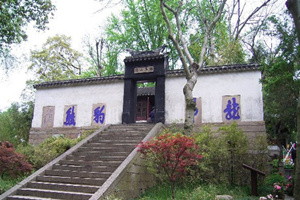
Verdant Mountain Villa is engraved with the words "Dragon, Tiger, Leopard and Bear" on both sides of the wall. According to legend, it was written by Tao Maosen in the eighth year of Xianfeng in the Qing Dynasty (1858 AD). Verdant Mountain Villa is the only waterless garden in Suzhou. It was built by Hong Jun, the husband of Sai Jinhua in the late Qing Dynasty. Surrounded by the natural hillside of Tiger Hill, it is divided into four levels according to the mountain topography. The layout of each layer is different, and the scenery is rich in variety, which is unique in Suzhou classical gardens.
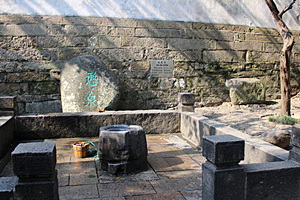
There is a beautiful legend in the scenic spot. Han Han was a famous monk in the Liang Dynasty in China. At that time, he had poor eyes and suffered from eye disease, which is now called "cataract." Feeling sorry for him, the abbot of Tiger Hill accepted him as a water-carrying monk, but he had a long way to carry water at that time. Once he passed here by carrying water, he sat here to have a rest because he was tired, and fell asleep unconsciously. In his dream, an eminent monk told him that there was a spring leading to the sea. After waking up, he touched the land with his hands and touched some moss here. He thought that there must be water in the ground, so he dug for water with a water-carrying pole. After digging for about forty-nine days, a spring finally poured out and cured Han Han's eyes. Because this spring was dug by him, it was named as "Han Han Spring".
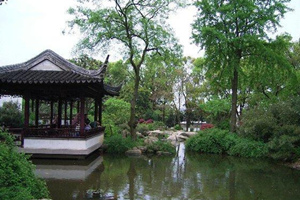
Wanjing Villa gathers more than 600 pots of Su-style bonsai. There are mainly two display areas: tree stump bonsai and water-stone bonsai. Su style bonsai is an important school of Chinese bonsai. Su style bonsai began in the Tang and Song dynasties, and flourished in the Ming and Qing dynasties.
Toushanmen → Broken Beam Hall → Verdant Mountain Villa → Sword Testing Stone → Pillow Stone → Zhen Niang Tomb → Thousand Men Stone → Erxian Pavilion → Sword Pool → the third Spring → Yunyan Pagoda → Shutai Songying → Xiao Wudang → North gate.
Take Travel Bus No.1 or 2, and get off at the Tiger Hill bus stop
By Taxi
Chinese: 请带我去虎丘。 English: Please take me to the Tiger Hill.
Chinese: 请带我去虎丘北门。 English: Please take me to the north gate of the Tiger Hill.
If you go to the Tiger Hill from the center of the city, it takes about 22 minutes (about 29 yuan).
If you go to the Tiger Hill from Suzhou Railway Station, it takes about 16 minutes (about 16 yuan).
